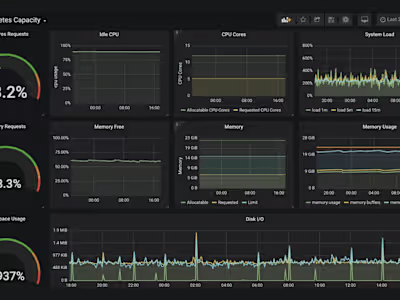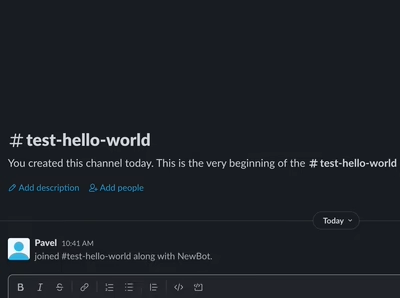Enhancing Software Security with Syft, Grype, and SBOMs
When it comes to securing your software, understanding and managing your supply chain is crucial. In my latest project, I've integrated powerful tools like Syft and Grype to collect comprehensive supply chain information, culminating in the generation of a Software Bill of Materials (SBOM). This SBOM is then leveraged within the Dependency-Track project for enhanced vulnerability management and tracking. Here's how this process works and why it's a game-changer for application security.
1. Syft: Generating the SBOM
Syft is a powerful tool designed to create an SBOM by cataloging the packages and dependencies in your application. Here's how it contributes to the security process:
Comprehensive Inventory: Syft scans your application's codebase, identifying all the components and dependencies. It provides a detailed inventory of the software packages, libraries, and their versions, forming the foundation of the SBOM.
Accuracy and Depth: Syft digs deep into your application's layers, ensuring that even nested dependencies are identified and cataloged. This comprehensive approach helps in creating an accurate SBOM that represents your entire software supply chain.
Format Flexibility: The SBOM generated by Syft is available in standard formats like SPDX, CycloneDX, or Syft's native format, making it easy to integrate with various security and compliance tools.
2. Grype: Vulnerability Scanning
Grype works in tandem with Syft to enhance your security posture by identifying vulnerabilities within the components listed in the SBOM. Here's how Grype adds value:
Real-Time Vulnerability Detection: Once the SBOM is generated, Grype scans the listed components against a vast database of known vulnerabilities, identifying potential security risks within your software.
Automated Alerts: Grype continuously monitors for new vulnerabilities as they are discovered, ensuring that you are promptly alerted to any risks in your software's dependencies.
Seamless Integration: Grype integrates seamlessly with the SBOM produced by Syft, providing a streamlined process for identifying and addressing vulnerabilities without requiring additional manual effort.
3. Using SBOM in Dependency-Track
After generating the SBOM with Syft and scanning for vulnerabilities with Grype, the final step is to integrate this information into the Dependency-Track project. Here's why this is crucial:
Centralized Management: Dependency-Track allows you to centralize and manage all your SBOMs, providing a clear view of your software’s components and their associated risks.
Continuous Monitoring: With the SBOM integrated into Dependency-Track, your software’s dependencies are continuously monitored for new vulnerabilities, ensuring you can act quickly when issues are identified.
Compliance and Reporting: Dependency-Track simplifies compliance with industry standards by providing detailed reports based on the SBOM. This is essential for meeting regulatory requirements and demonstrating the security of your software supply chain.
Conclusion
By combining Syft, Grype, and Dependency-Track, you can create a robust, automated process for securing your software supply chain. Generating an SBOM with Syft, identifying vulnerabilities with Grype, and managing everything within Dependency-Track ensures that your application remains secure, compliant, and ready to face evolving security challenges.
This approach not only strengthens your security but also empowers you to maintain control over your software’s dependencies, ultimately leading to a more resilient and trustworthy application.
Like this project
Posted Sep 6, 2024
Integrated Syft, Grype, and Dependency-Track to generate an SBOM, scan for vulnerabilities, and manage software supply chain security for automated protection.







